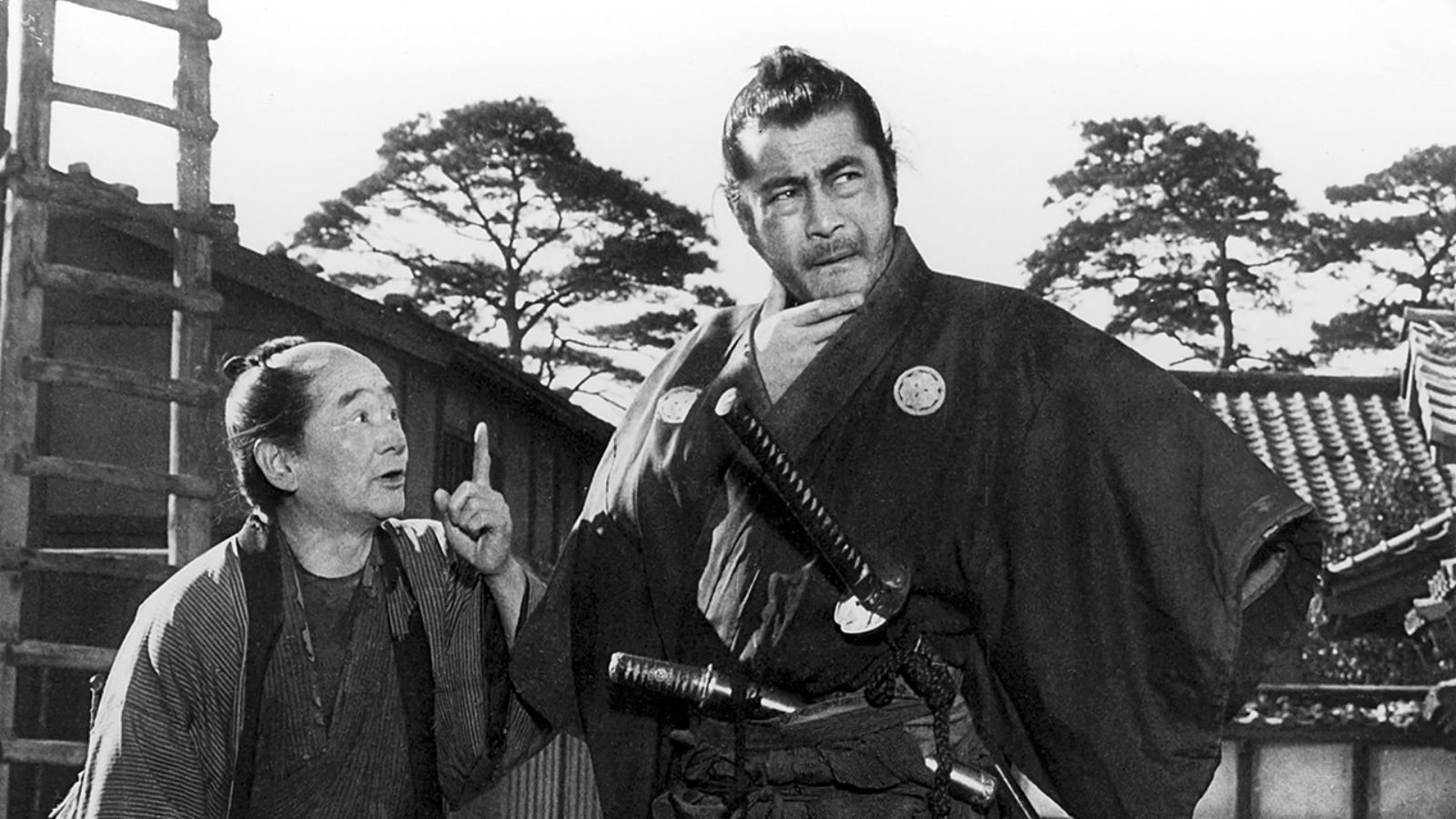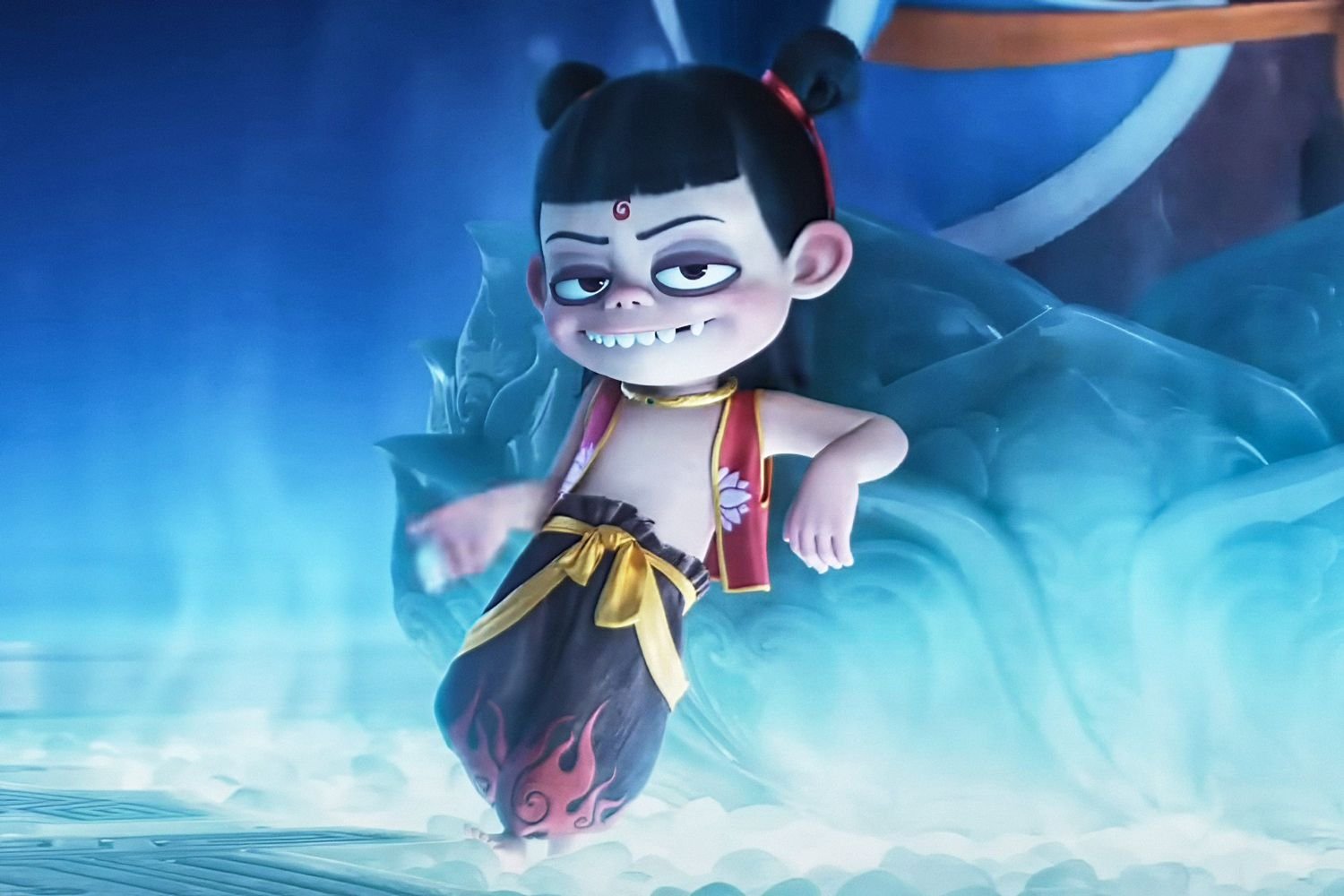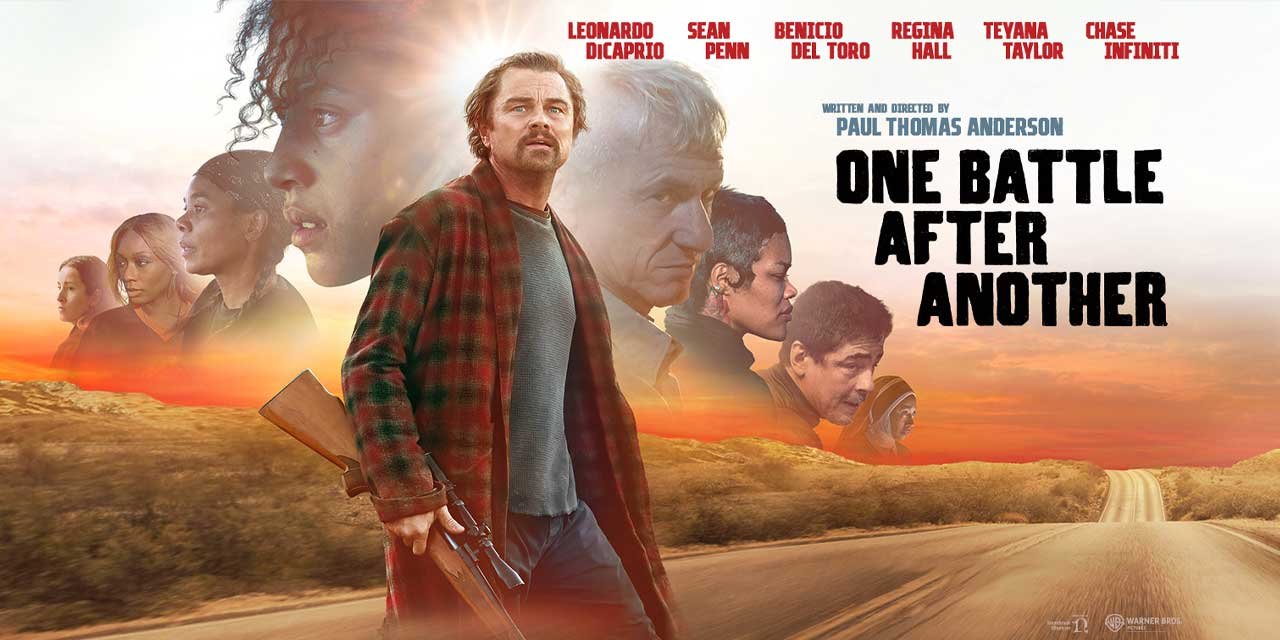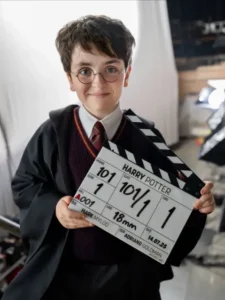
Yojimbo Review: Kurosawa’s Masterpiece of Samurai Cinema
In the rich tapestry of Japanese cinema, few directors have left an indelible mark quite like the legendary Akira Kurosawa. His 1961 film “Yojimbo” stands as a shining example of his cinematic brilliance, a work that not only captivated audiences but also profoundly influenced the trajectory of filmmaking worldwide. As we delve into the depths of this cinematic masterpiece, we’ll uncover the historical context that shaped its creation, the technical mastery that defined its execution, and the enduring legacy it has left on the art of storytelling through the silver screen.
Contextualizing “Yojimbo”: Japan’s Tumultuous Transition
To fully appreciate the significance of “Yojimbo,” we must first understand the historical backdrop that served as its canvas. The film is set during the final years of the Tokugawa shogunate, a period of profound social and political upheaval in Japan. As the country began to abandon its isolationist policies and embrace a new era of economic and cultural exchange, the rigid class system that had long defined Japanese society began to crumble.
The samurai, once the revered warrior class, found themselves increasingly marginalized, forced to seek new roles and livelihoods in the rapidly changing landscape. This gave rise to the phenomenon of the “ronin,” masterless samurai who often turned to criminal activities or sought employment as bodyguards and protectors. It is against this backdrop of societal upheaval that Kurosawa crafted the story of “Yojimbo,” using the film as a vehicle to explore the complexities of this transitional period in Japanese history.
As Akira Kurosawa: Interviews by Bert Cardullo and The Films of Akira Kurosawa by Donald Richie reveal, the director’s deep understanding of Japanese history and culture was instrumental in shaping the thematic depth of “Yojimbo.” By situating the film’s narrative within the context of the Tokugawa shogunate’s decline, Kurosawa was able to craft a story that resonated not only with Japanese audiences but also with a global cinematic landscape grappling with the complexities of societal change.
The Protagonist’s Duality: Toshiro Mifune’s Iconic Performance
At the heart of “Yojimbo” lies the captivating performance of Toshiro Mifune as the nameless protagonist, a ronin who stumbles into a town torn apart by the rivalry between two warring factions. Mifune’s portrayal of this enigmatic figure is a masterclass in nuanced acting, seamlessly blending elements of comedy, tragedy, and moral ambiguity.
Kurosawa’s decision to keep the protagonist’s identity shrouded in mystery is a deliberate choice, one that allows the audience to project their own interpretations and perceptions onto the character. As the film progresses, we witness the protagonist’s transformation from a seemingly detached observer to a pivotal player in the town’s power struggle, his actions driven by a complex web of motivations that defy simple categorization.
The protagonist’s duality is further emphasized through Mifune’s physicality and expressive mannerisms. His sparse use of dialogue, coupled with a commanding screen presence, creates a character that is both captivating and inscrutable, a reflection of the societal upheaval that serves as the film’s backdrop. Mifune’s performance has become an iconic touchstone in the annals of cinema, influencing countless actors and directors in the decades that followed.
Kurosawa’s Cinematic Mastery: Innovative Techniques and Visual Storytelling
Beyond the compelling narrative and the iconic performance of Toshiro Mifune, “Yojimbo” is a testament to Akira Kurosawa’s unparalleled mastery of the cinematic medium. The film’s technical prowess is a testament to the director’s meticulous attention to detail and his unwavering commitment to visual storytelling.
Camera Positioning and Movement: Kurosawa’s innovative use of camera positioning and movement is a hallmark of “Yojimbo.” The film’s distinctive visual style is characterized by a series of tight, close-up shots that draw the audience into the protagonist’s world, creating a sense of intimacy and immediacy. The director’s strategic use of camera angles and framing serves to heighten the tension and drama, often positioning the protagonist as a mere spectator to the unfolding chaos around him.
Editing and Pacing: Kurosawa’s expertise as a film editor is on full display in “Yojimbo.” The rapid-fire editing and precise pacing of the film contribute to its kinetic energy, creating a sense of urgency and propelling the narrative forward. The director’s mastery of editing is particularly evident in the film’s action sequences, where he seamlessly blends shots to create a cohesive and visually captivating experience.
Collaboration with Cinematographer Kazuo Miyagawa: Kurosawa’s collaboration with renowned cinematographer Kazuo Miyagawa was instrumental in shaping the film’s distinctive visual aesthetic. Miyagawa’s expertise in lighting and framing complemented Kurosawa’s directorial vision, resulting in a cinematic experience that is both visually stunning and emotionally resonant.
Kurosawa’s innovative approach to filmmaking is further highlighted by his unique production process. The director often divided his crew into two or three teams, with the primary team led by Kurosawa himself and the secondary team directed by his assistant, Seiichiro Moritani. This collaborative approach allowed Kurosawa to capture a diverse range of shots and perspectives, ultimately enhancing the film’s visual dynamism and narrative complexity.
The director’s mastery of cinematic language is perhaps best exemplified in the film’s iconic closing sequence, which has become one of the most memorable and influential moments in the history of Japanese cinema. Kurosawa’s skillful blending of visual storytelling, editing, and musical accompaniment (in collaboration with composer Masaru Sato) creates a poignant and indelible conclusion to the film, one that encapsulates the director’s unique artistic vision.
The Enduring Legacy of “Yojimbo”
The impact of “Yojimbo” on the world of cinema cannot be overstated. Kurosawa’s masterpiece has not only endured as a beloved classic but has also profoundly influenced countless filmmakers across the globe. The film’s narrative structure, visual style, and thematic exploration of societal upheaval have become touchstones for subsequent generations of storytellers.
One of the most notable examples of “Yojimbo’s” enduring legacy is its influence on the work of Italian director Sergio Leone. Leone’s “Dollar Trilogy” (consisting of “A Fistful of Dollars,” “For a Few Dollars More,” and “The Good, the Bad and the Ugly”) was heavily inspired by Kurosawa’s film. Leone’s iconic Spaghetti Westerns, with their stark visual compositions, morally ambiguous protagonists, and stylized action sequences, can be traced back to the cinematic blueprint laid out in “Yojimbo.”
Beyond its direct influence on Leone’s work, “Yojimbo” has also left an indelible mark on the broader landscape of world cinema. The film’s exploration of themes such as corruption, power dynamics, and the blurring of moral boundaries have resonated with audiences and filmmakers across cultures and generations. Kurosawa’s masterful blend of genre conventions, social commentary, and visual artistry has inspired countless filmmakers to push the boundaries of what is possible within the medium of cinema.
The enduring legacy of “Yojimbo” is a testament to Akira Kurosawa’s status as a cinematic titan. The director’s deep understanding of Japanese history and culture, coupled with his technical mastery and innovative storytelling, have cemented his place as one of the most influential figures in the history of filmmaking. Through the timeless brilliance of “Yojimbo,” Kurosawa’s artistic vision continues to captivate and inspire audiences and filmmakers alike, leaving an indelible mark on the art of cinematic expression.
For those interested in delving deeper into the creative process and technical aspects of Akira Kurosawa’s filmmaking, the books Akira Kurosawa: Interviews by Bert Cardullo and The Films of Akira Kurosawa by Donald Richie offer a closer look into the director’s methods and the enduring legacy of his cinematic masterpieces.
In conclusion, “Yojimbo” stands as a towering achievement in the annals of world cinema, a film that not only captivates audiences with its gripping narrative and iconic performances but also serves as a testament to the boundless creativity and technical mastery of its director, Akira Kurosawa. As we continue to explore and appreciate the depth and complexity of this cinematic gem, we are reminded of the transformative power of storytelling and the enduring impact of true artistic brilliance.













Publicar comentário